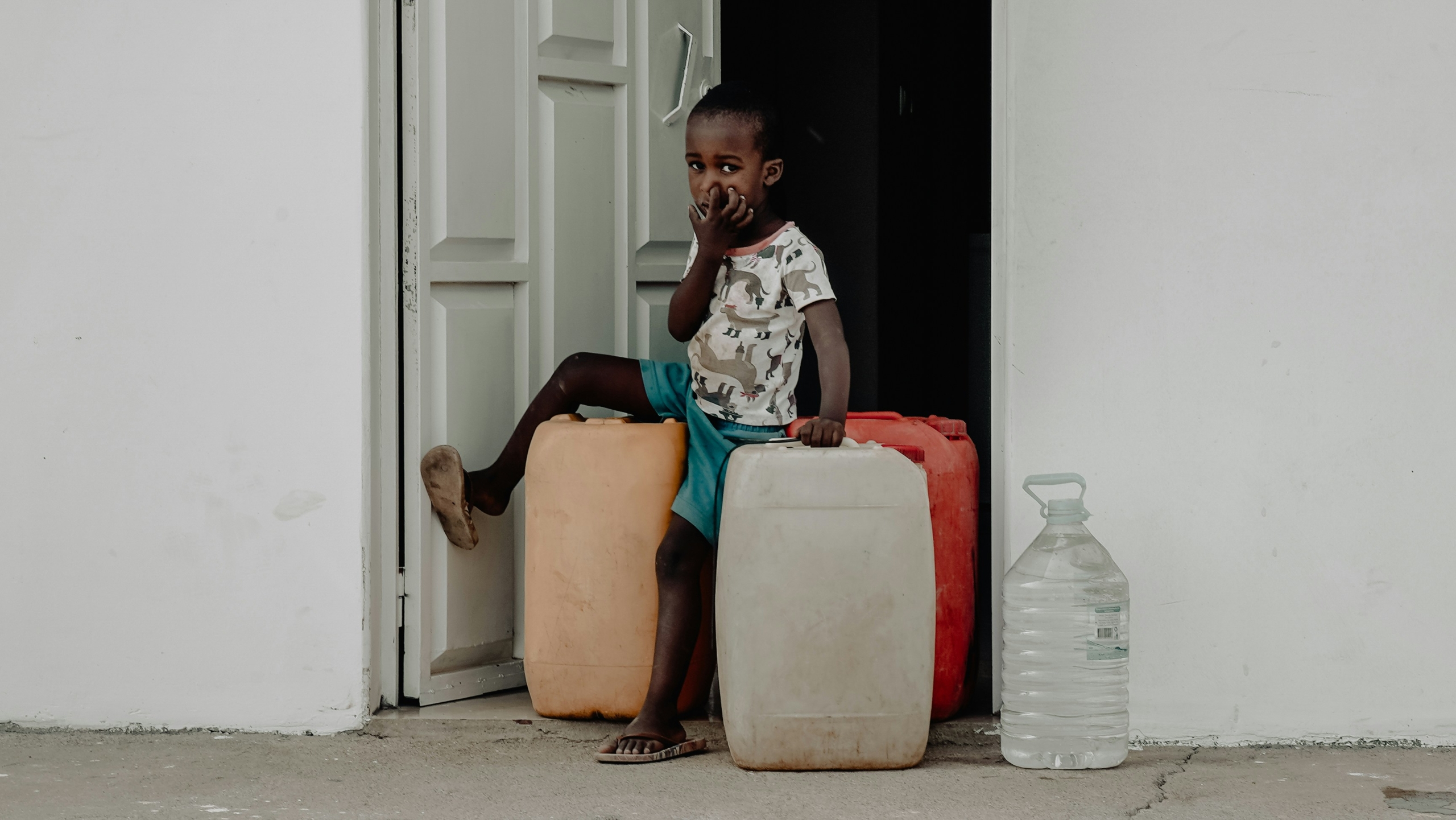Child Poverty in Cabo Verde
 Up until 2019, Cabo Verde, previously known as Cape Verde, was one of the most successful sub-Saharan African countries working toward poverty reduction. However, after the COVID-19 pandemic, which initiated a disruption of labor activities, tourism and businesses, the poverty index rose by 3.8%—the equivalent of 10,000 more people in Cabo Verde facing extreme poverty. As a result, parents, guardians and caregivers struggle to provide for their children. As of 2024, nearly one in 10 children is malnourished.
Up until 2019, Cabo Verde, previously known as Cape Verde, was one of the most successful sub-Saharan African countries working toward poverty reduction. However, after the COVID-19 pandemic, which initiated a disruption of labor activities, tourism and businesses, the poverty index rose by 3.8%—the equivalent of 10,000 more people in Cabo Verde facing extreme poverty. As a result, parents, guardians and caregivers struggle to provide for their children. As of 2024, nearly one in 10 children is malnourished.
Lack of Housing
One of the greatest challenges experienced by children in Cabo Verde is the lack of affordable housing. Many families have to settle for underdeveloped and unsafe homes, which often lack public water supply, sewage and electricity. As a result, the children of Cabo Verde are at a huge disadvantage in terms of educational and social opportunities. The housing crisis is present in nearly all Sub-Saharan African countries.
Child Labor
Since the COVID-19 pandemic, many families in Cabo Verde have had to withdraw their children from school to help provide for their households. Consequently, approximately 3.2% of children aged 10 to 14 were working as of 2020. In rural areas, many children are especially subject to harsh physical working conditions, such as agriculture and housework. However, progress has been made in recent years. In 2014, Cabo Verde established the Action Plan for the Prevention and Elimination of Child Labor. Additionally, in 2022, the country increased the minimum age of employment to 15 years old.
Poor Nutrition and Sanitation
In Cabo Verde, 31 out of every 100 people lack access to the country’s public water network and approximately 15% lack proper sanitary systems. As a result, anemia remains a common disease among young children. Typically caused by malnutrition, anemia may result in low energy, tachycardia and delayed growth and development. In Cabo Verde, anemia affects about 72% of children aged less than 2 and 52% of older children.
Solutions
Recently, Cabo Verde has been making efforts to improve the living conditions of these children. As of 2024, the Cabo Verde government is addressing the challenges left by the COVID-19 pandemic and the Russian-Ukraine conflict. According to the United States (U.S.) Department of Labor, “Through the Cape Verde Social and Educational Action Institute, the government implements various initiatives to increase access to education among the poor. For children who may still be subject to school fees, efforts include the provision of school fees, school materials and free meals to low-income families.”
Additionally, in 2020, all 434 public schools in Cabo Verde received the Global Partnership for Education (GPE) grant support, improving health standards for both the children and teachers. Additionally, in 2020, all 434 public schools in Cabo Verde received the Global Partnership for Education (GPE) grant support, improving health standards for both the children and teachers. This is just a step toward diminishing child poverty in Cabo Verde and hopefully, it will influence remaining impoverished countries to follow suit.
Conclusion
While Cabo Verde is one of the more progressive sub-Saharan African countries when it comes to child poverty, there’s still work to be done, particularly regarding safe and affordable housing, proper sanitation and child labor reduction. With the implication of the resources and solutions listed above, Cabo Verde is on its way to a more promising future for their children.
– London Puc
London is based in West Palm Beach, FL, USA and focuses on Global Health for The Borgen Project.
Photo: Unsplash
